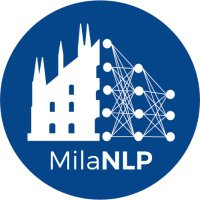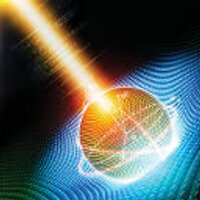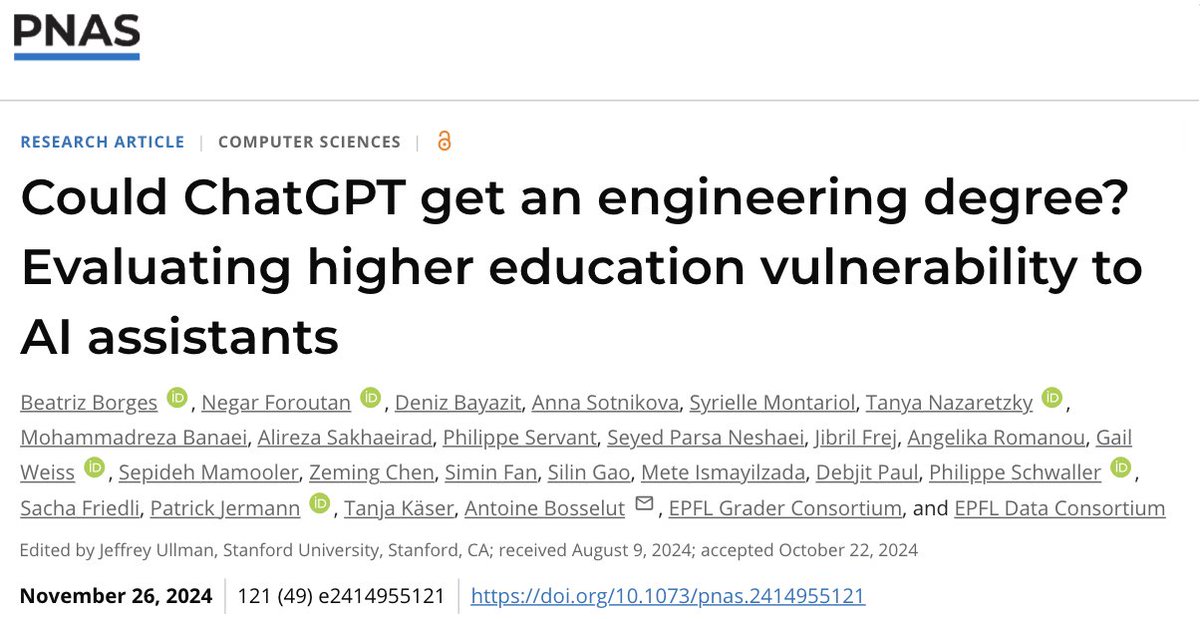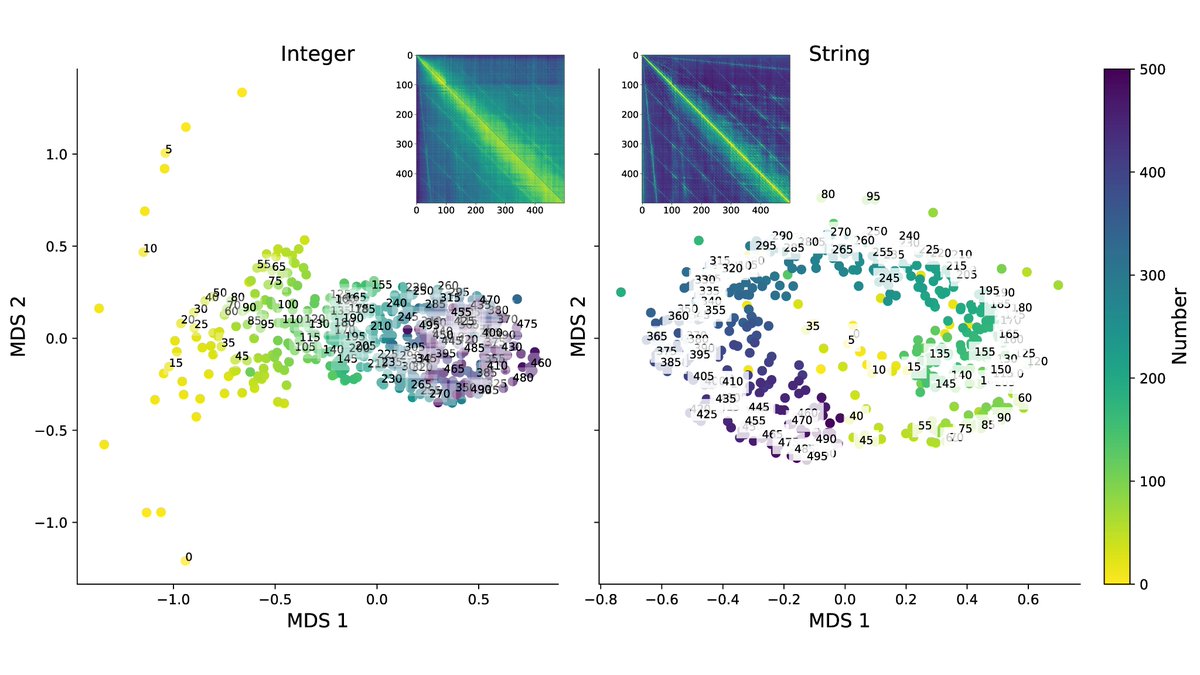
Giuseppe (Peppe) Russo
@russogiusep
nlp+society; social media; causal NLP; comp social science.
Postdoc at @EPFL_en
ID: 1314130996208467969
https://scholar.google.com/citations?user=sl79n2QAAAAJ&hl=en 08-10-2020 09:10:26
184 Tweet
403 Followers
538 Following


Many companies use internal social-media-like platforms. However, we know little about their impact on companies' communication networks! In this upcoming WebSciConf paper (w/ Siddharth (Sid) Suri , Teny), we study this empirically! arxiv.org/abs/2502.01787




“Prevalence and Prevention of Large Language Model Use in Crowd Work,” by Veniamin Veselovsky, Manoel (Princeton University), Philip J. Cozzolino, Andrew Gordon, David Rothschild 🌻 (Microsoft Research), Bob West, says using LLMs in crowd work may not capture human diversity. bit.ly/41lYmyw





I'm excited to announce that I’ll be joining the Computer Science department at Johns Hopkins University as an Assistant Professor this Fall! I’ll be working on large language models, computational social science, and AI & society—and will be recruiting PhD students. Apply to work with me!












